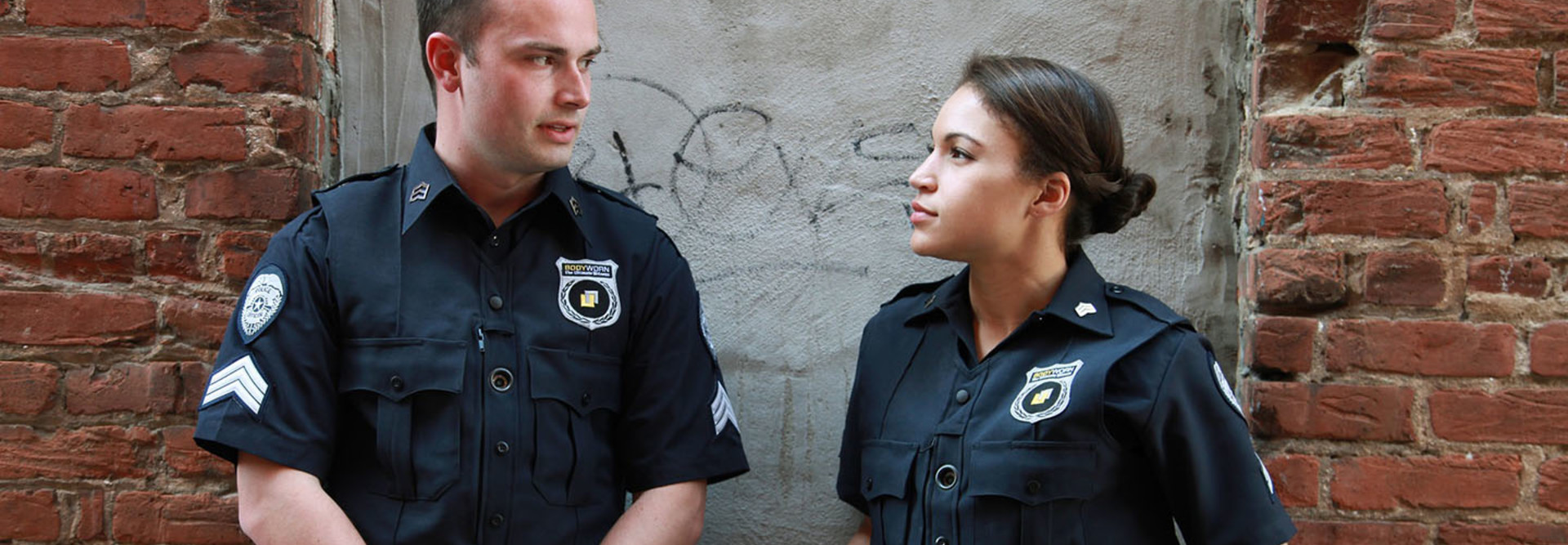Body Cameras Increase Satisfaction, Savings for the Las Vegas Police Department
Body cameras are quickly becoming commonplace on police officers. Buoyed by the Justice Department’s decision to allocate more than $23 million in funding for bodycam implementation, nearly one-third of the 18,000 state and local police departments in the U.S. have adopted the technology, according to TIME. They hope the tech can increase accountability and help to de-escalate situations.
But even as body cameras rapidly enter into the realm of public safety, their impact is largely unknown. Several police departments are still struggling to manage the storage needs for mountains of video data. Meanwhile, some studies, such as one from Washington, D.C.’s The Lab @ DC data science team, which evaluates civic initiatives in the district, have suggested that bodycams could have a minimal — or even nonexistent — impact on reducing violence.
A recently released study from the Las Vegas Metropolitan Police Department, however, has provided a ray of light for the tech. The study shows that bodycams are having a positive impact on policing in the city, reports StateScoop.
SIGN UP: Get more news from the StateTech newsletter in your inbox every two weeks
Las Vegas Body Cameras Cut Costs, Complaints and Use of Force
Since their introduction to the city’s police force, body cameras have helped the LVMPD cut department costs and have significantly reduced the number of use-of-force incidents and officer complaints, according to the report, which was conducted by the University of Nevada, Las Vegas Center for Crime and Justice Policy (CCJP) and a Virginia-based nonprofit called CNA.
The study, launched in 2014, divided 416 voluntary-participant police officers in the city into two groups: officers who were equipped with bodycams and a control group of officers who were not. Researchers gathered data on the officers, including information on use of force, complaints, behavior and surveys that assessed officers’ comfort with the technology.
The study found that officers wearing bodycams received 14 percent fewer complaints on average than the control group. Moreover, the number of officers who generated one use-of-force event dropped by 11.5 percent for bodycam-equipped officers, while those without cameras actually increased their number of use-of-force events.
The study also found that the use of bodycams could save the LVMPD between $4.1 million and $4.4 million each year. This drop in cost is a result of reduced complaints against officers as well as the department’s ability to resolve complaints more quickly when video evidence is available.
“The findings of this study suggest that [body cameras] have strong potential to benefit police agencies and communities alike,” the report states. “Not only do they reduce complaints against officers and use-of-force incidents in large measure (and the corresponding costs of resolving those complaints and use-of-force incidents), they seem to increase police productivity, evidenced by the modest but significant increases in police citations and arrests.”
So why has Las Vegas seen such positive impacts from the technology when Washington, D.C.’s officers have seen almost no advantages from bodycam use? The difference has much to do with the mechanics of a community, William Sousa, director of CCJP and a co-author of the study, tells StateScoop.
“It’s very place-specific,” Sousa tells StateScoop. “For example, if you have a department that has very few problems related to complaints of misconduct, then you probably wouldn’t expect body-worn cameras to have much of an effect in reducing those things, because they weren’t that immediate of an issue to begin with.”
And while the tech may not be vastly beneficial for some police departments and communities, adoption still has its advantages.
“Body-worn cameras can demonstrate a willingness on the part of the department to be transparent to the community. It can demonstrate a willingness on the part of the department to be accountable for officers,” Sousa tells StateScoop. “So, as the studies emerge, we might find that there are different impacts on such metrics as use of force and complaints of misconduct, but that doesn’t necessarily mean that the cameras don’t have a beneficial impact.”









